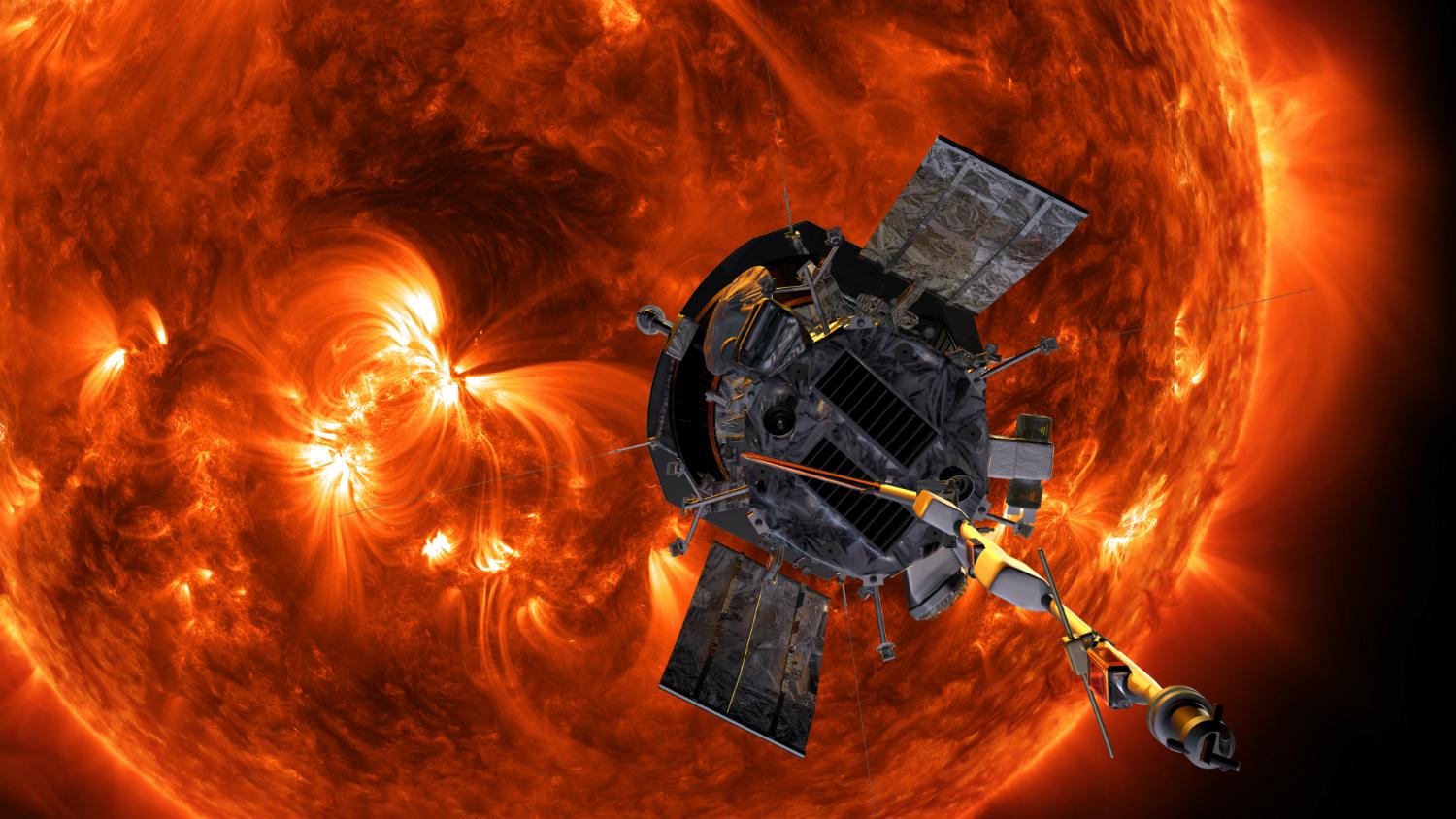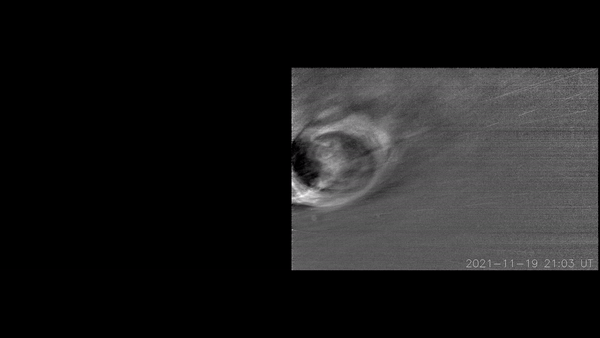The solar magnetic field periodically pushes huge clouds of plasma into space, known as coronal mass ejections (CMEs). During the collision of such a cloud with the Earth, extreme auroras and serious obstacles to the operation of power grids and satellites can occur.

NASA’s Parker Solar Probe was able to penetrate the coronal mass ejection for the first time in history when it burst out of the Sun. Something that the instruments recorded inside the ejection turned out to be actually a valuable source of information for scientists studying the Sun. The probe’s instrument for studying visible light, the Parker Solar Probe’s wide-angle scanner (WISPR), recorded clear, turbulent vortices inside the CMEs. These vortices, known as Kelvin-Helmholtz instability, occur when a fast-moving fluid interacts with another. On Earth, similar phenomena are observed in clouds when the wind speed at one end of the cloud differs from the speed at the other.
Scientists suggest that similar instabilities exist in coronal mass ejections, since the movement of plasma is contrary to the solar wind. However, the observation of these phenomena in the past was limited due to the lack of appropriate equipment.

“The turbulence that gives rise to KHI plays a fundamental role in regulating the dynamics of CMEs flowing through the ambient solar wind,” said Evangelos Paouris, a solar physicist at George Mason University.
The Parker Solar Probe was launched in August 2018 and performed a series of maneuvers to enter the solar corona closer than any other spacecraft. This allowed it to become the first human-made object to enter the outer atmosphere of the Sun at a distance of only 11.5 solar radii from its surface. But the next records of the spacecraft are still ahead, because the Probe has not yet reached its final orbit.
The Parker probe has already passed Venus several times, using its gravity to accelerate and align its orbit. It is planned that in November this year the probe will fly near Venus again, tightening its loop around the Sun. This will allow it to pass at a distance of only 9.5 solar radii from the surface in 2025.
Earlier, we reported on how deep the Parker probe would “dive” into the Sun.
According to space.com
Follow us on Twitter to get the most interesting space news in time
https://twitter.com/ust_magazine


